U196 The Mystery Continues Gold Bullion - Uranium - Loot
by David Child-Dennis
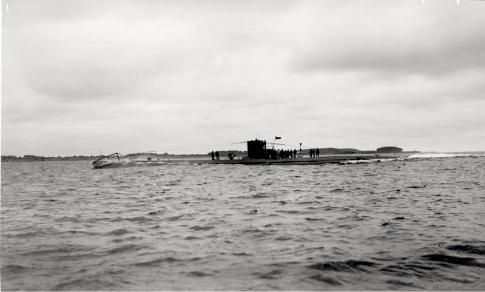
One could imagine this being the view of 196 approaching the beach
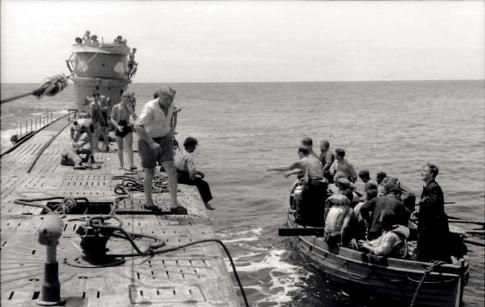
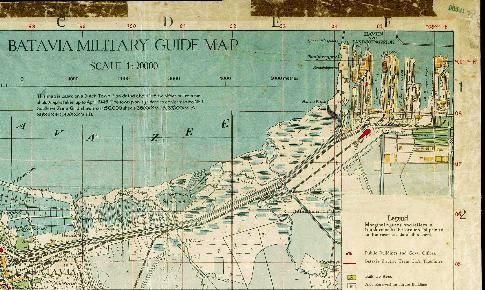
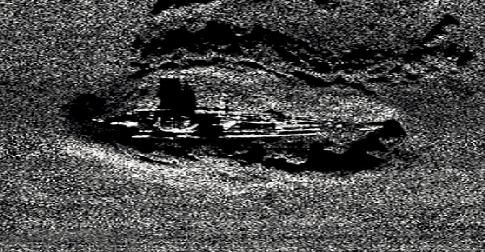

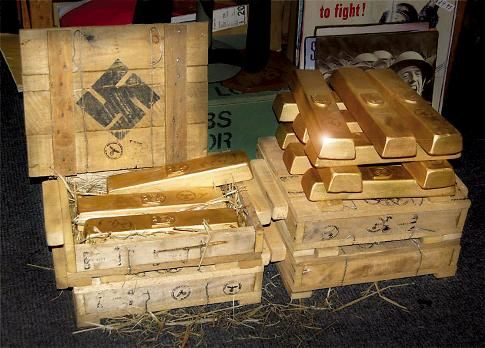

U-196
would have been well informed of any developments. I believe the U-196
was ordered to collect German technical staff from the Japanese nuclear
research facility in northern Korea and sail for southern waters before
the official announcement of any surrender. Had the U-196 been in a
Japanese port at the time of the German surrender, Japan would have
seized the boat as a prize of war, as were those boats that remained in
Jakarta after May 8, 1945. The movement of scientist
TO BE CONTINUED...
THE SOURCE MATERIAL HAS BEEN CLEANSED FROM THE INTERNET OVERNIGHT.

One could imagine this being the view of 196 approaching the beach
What really happened? Will we ever truly know?
Part II
The ‘Monsun Gruppe’
Before
continuing my attempt to reconstruct what I believe to be the fate of
the crew of U-196 after they reached New Zealand, it might be useful to
give readers an overview of the events surrounding U-196 at that time.
Beginning in December 1942, the German navy had been requested to make a
series of U-boat sailings to Japan, carrying high-ranking Japanese
diplomats and technical information. The Japanese capture of the Malay
Peninsula and Indonesian archipelago gave them bases at Jakarta (then
called Batavia) and Penang, which greatly increased the operational
areas available to their submarines. The 33rd Submarine
Flotilla, based at Flensburg, detached a small squadron to these bases,
beginning in 1943. They were to combine raiding, with re-supply
operations, into the Indian Ocean region under the code name Operation
Monsun (Monsoon).

Perhaps longboats were waiting for the crew and cargo of U-196.
While
there were eventually two waves of U-boats assigned to the operation, it
was the second wave, beginning in 1944, in which U-196 was despatched.
To give some idea of the cargo these boats carried we must return to
U-234, which had surrendered to the Americans on May 15, 1945. This boat
was assigned to Gruppe Monsun and had been in transit to Kobe, Japan,
when the war ended. It carried 75 tons of lead, 26 tons of mercury, 12
tons of steel, 7 tons of optical glass, 43 tons of aircraft parts and
plans, 560kg of uranium oxide and a disassembled Me262 jet fighter.
How was it
possible to house a disassembled Me262 in the restricted space within
any submarine? Presumably the boat carried only core engine parts and
instruments for the Me262. It also carried two Japanese nuclear
scientists, who committed suicide rather than face capture by the
Americans.

Wartime Map of Batavia’s Docks where U-196 was ordered to refuel a sister U-boat in the Indian Ocean
On September 23, 1944, another Gruppe Monsun boat, U-859, also a Type IXD2,
was sunk in the Malacca Straits by the Allied submarine HMS Trenchant.
She was carrying 31 tons of mercury for the Japanese munitions industry
and allegedly a quantity of uranium oxide. In 1972, a salvage team
recovered 12 tons of mercury for the West German government. However, no
mention was made of any uranium oxide recovery from the wreck. It is
clear from the above the Japanese were receiving advanced weapons
technology from Germany and the Gruppe Monsun U-boats were a key link in
that programme. If the Allies had not been able to penetrate the German
Enigma codes using ULTRA, these U-boats may well have succeeded in
reaching Japan with their uranium oxide cargoes.

Sonar mapping reveals the ghostly image of the sunken U-Boat
U-196 sailed from Jakarta on November 11, 1944 and according to Martin Brice, Axis Blockade Runners of World War II
(1981) was allegedly lost on November 30, 1944, while traversing an
Allied minefield. That’s 19 days after she sailed, well within the time
required to reach North Korea and the Japanese nuclear research
facility. Fuel oil became a major difficulty for U-boats after the Brake,
a 10,000-ton fleet oiler, was sunk on March 15, 1944, by a Royal Navy
destroyer, near Mauritius in the Indian Ocean. This meant unrefined oil
from Brunei became the only available fuel. Thus, U-196 was likely to
have sailed north from Jakarta to refuel before proceeding on the next
stage of the journey. Realising the war was coming to an end, and Allied
success against the U-boats was dramatically increasing, Gruppe Monsun
was ordered back to Germany, carrying vital strategic supplies.

Laying peacefully in it’s underwater grave
Operation
Monsun effectively came to an end in late 1944. However, as U-234 and
possibly U-859 were to demonstrate, the technical aid being supplied to
Japan did not stop with Monsun. But how would the Japanese deliver a
nuclear bomb, and against what target? It’s considered that it would
have been by balloon against Iwo Jima or Okinawa. The Japanese had
already launched a number of incendiary balloon attacks against the
western United States, in an attempt to destroy the northern Californian
timber forests. The bomb-carrying balloon, lofted from Manchuria or
western Honshu, would have lifted into the very high jet streams
travelling east towards the intended target. Once the balloon was in the
jet stream it would have been beyond the altitude of Allied aircraft to
intercept it. Even a relatively small atomic bomb could have severely
damaged most of the US fleet anchored off Okinawa. Such an entirely
unexpected blow could have extended the war into 1946, resulting in an
armistice or worse, a stalemate, giving the Japanese time to regroup.
It’s
believed that the surrender of U-234 was a pre-arranged event, just as
it’s suspected that the U-196 arrival off Northland was similarly
pre-arranged. With the arrival of U-234, the Allies suddenly realised
they were in a deadly race against the Japanese to deploy the ultimate
war-winning weapon.

Rumoured to have Nazi gold taken ashore as part of the Military operation.
The key
was to remove the scientific and technical support the Germans were
supplying the Japanese. There is one key component to bomb making that
proved to be a challenging problem: fusing. When ‘Enola Gay’ dropped the
first bomb on Hiroshima, the fuse unit was manually inserted into the
bomb case by a technical officer minutes before the bomb was dropped. It
required great care in handling to ensure it worked correctly. German
research was well advanced in fuse design and as such, a critical part
of the Japanese bomb project.

Type IXD type 2 transporter alleged to be the U-Boat found
The End of the War in Europe
Some time
on or about May 1, 1945, the German High Command had issued a general
warning that hostilities were about to cease. By May 5 hostilities had
all but ceased as preparations were completed for the formal surrender
on Luneberg Heath on the 8th. Admiral Dönitz, ‘godfather’ of
the U-boat arm and newly appointed head of state, authorised to sign the
surrender document, was in an excellent position to direct any U-boat
to undertake one last mission.
TO BE CONTINUED...
THE SOURCE MATERIAL HAS BEEN CLEANSED FROM THE INTERNET OVERNIGHT.



No comments:
Post a Comment